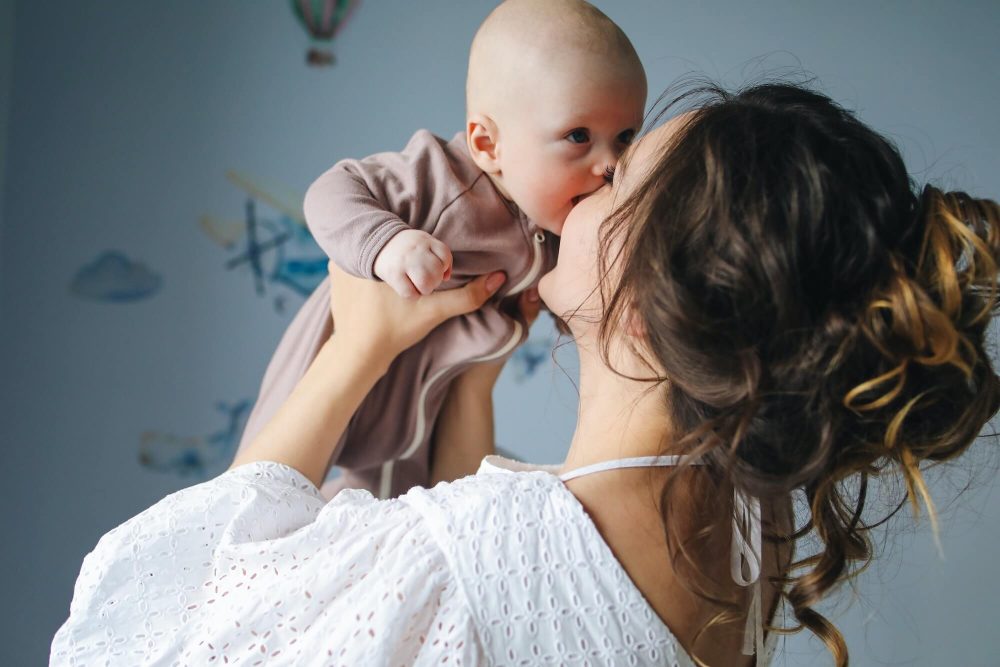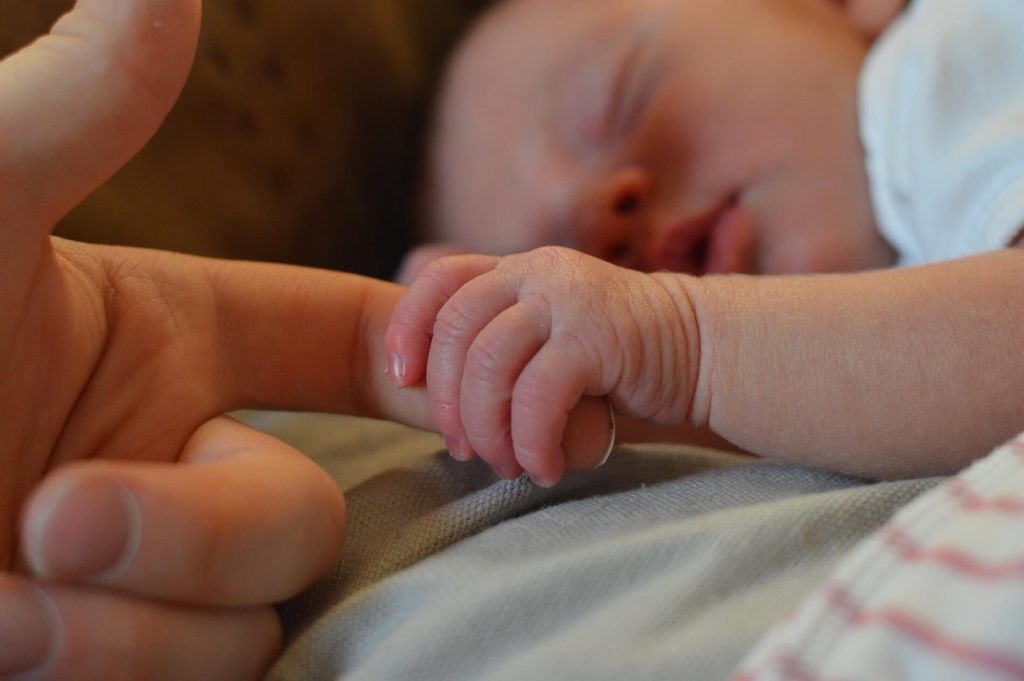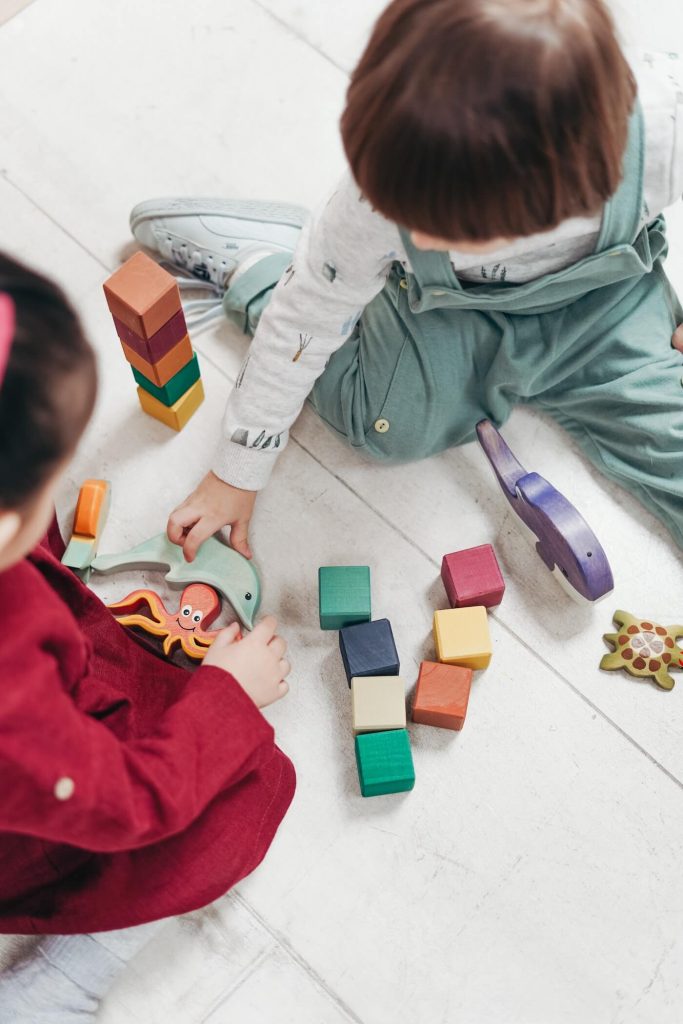How a Secure Attachment Style Develops in Early Childhood

Published on May 21, 2021 Updated on April 6, 2023
A secure attachment style forms through a special type of bond between children and their caregivers. Through the way that their caregivers met their needs, a child forms expectations about their world and the people in it.
This outlook has a significant impact on many other areas of the child’s life; from how willing they are to explore their environment, to how they socialize with other children and adults, and even to how they behave in adult relationships.
We will cover your top questions on developing secure attachment in childhood including:
- When and how does secure attachment attachment develop in childhood?
- What are common behaviors of caregivers with secure children?
- Is your child secure? Were you a secure child? Check these common behaviors and characteristics of secure children.
- How does secure attachment affect the child?
- How can a child be raised to have secure attachment?
- What are the five conditions required for raising a child with secure attachment?
Promoting a secure attachment style in childhood

Secure attachment typically develops in children in the first eighteen months of life. During this formative period, a secure child’s caregiver would have been both emotionally and physically available to them.
This doesn’t mean that they’re perfect caregivers, but that they behaved predictably towards their child and responded to them in the way that they needed when they were upset or required something.
They ebb and flow in accordance with their child’s needs; at times they are close and nurturing, and on other occasions, they pull back and allow them to explore their world.
These caregivers managed to fulfill their child’s needs and not break their trust. They instilled a sense of self-confidence in their child, as well as a belief that others are innately valuable.
Don’t know your attachment style? Then take our short 5 minute Attachment Style Quiz to find out now. It’s completely free.
The following are typical caregiver behaviors that promote a secure attachment style in children:
- They are warm, nurturing, and attentive
- The caregivers are attuned to their child’s needs and wants
- Stay close to their child, but still allow them the freedom to explore their world
- Are reliable in their actions
- Focus on who their child is as a person rather than what they achieve
- Encourage a sense of independence in their child
Mary Ainsworth and the Strange Situation experiment
In the Strange Situation experiment in 1969, Mary Ainsworth and colleagues observed infants’ reactions to periods of separation and reunion with their mothers.
They noted that there was a group of children that initially explored the room contentedly when their mother was present. When she left the room, these children became distressed and explored the room less.
The following table contains the different attachment style names, including how they change from childhood to adulthood:
| Attachment Style | In Childhood | In Adulthood |
| Secure | Secure | Secure |
| Insecure | Anxious-ambivalent | Anxious-preoccupied |
| Insecure | Anxious-avoidant | Avoidant-dismissive |
| Insecure | Fearful-avoidant | Disorganized |
How does a child with secure attachment behave?

However, when their mother returned, they were happy to see her and approached her for comfort. The infants enjoy a soothing cuddle, but once content, they were eager to explore their environment again. These children were later categorized as securely attached.
Children with a secure attachment style are comfortable in the company of others, but they typically prefer to be in the company of their caregiver.
They seek comfort from their caregiver through cues such as eye contact and cries and they look to them for support because they know that their caregiver is reliable; they are aware that they are available to them and understand their needs.
Generally, a child with a secure attachment style has well-developed social skills and is not concerned by the presence of other children. They are happy to give, take, and share, and they show empathy to others when they are distressed.
A securely attached child will also respond well to being disciplined – even though they may likely behave like a typical child, they still trust their caregiver to guide them in the right direction.
In time, they model their behavior on this guidance and are able to make the right choices for themselves.
Furthermore, children with secure attachment usually have a strong sense of self and independence. Consequently, these children are confident and secure enough to explore their environment and adapt to unfamiliar situations.
This means that they are able to settle into new schools, communities, and groups without too much fear or turmoil.
Let’s recap characteristics and behaviors of a child with a secure attachment style:
- They seek comfort and affection from their caregivers because they’re aware that they are available to them
- Are comfortable around other people, but tend to prefer being around their caregiver
- Have strong social skills
- Have a solid sense of self and a healthy sense of independence
- Are comfortable exploring their world and can adapt well to novel circumstances

How can you raise a child to have secure attachment?
There is no parenting handbook, so, at times, it can be a tricky area to negotiate. How much attention and affection are too little, and how much is smothering? Fortunately, children are born with strong survival instincts based on their inability to survive on their own and their reliance on adults for nurturance and protection.
Thus, they give out signals to notify their caregivers that they need something. How their caregiver responds to these cues from their children can make the difference between ending up with a secure or insecure attachment style.
The five conditions for raising a securely attached child
In order to successfully raise a securely attached child, there are five areas that a caregiver should strive to fulfill (Brown & Elliott, 2016):
1. The child feels safe

A child needs to feel secure and safe in their environment so as to flourish. For a baby or toddler, their caregiver is their prime source of safety. If they are around, the child will feel confident that no harm will come to them, they know that they will be fed, and kept warm.
So it’s important to cater to the child’s needs with a certain amount of sensitivity; they should allow them the chance to develop independence while still letting them know that they are nearby. The caregiver is the child’s barrier against harm, letting them know that they are protected and loved.
2. The child feels seen and known
For a young child, their cues (cries and signals) are their outward voice to let their caregiver know what they want and need. It is, therefore, important that the caregiver interprets these cues accurately.
If the caregiver is in tune with the child’s cues they will respond in the appropriate way, letting the child know that when they need something, they can signal for it and it will be given. This gives the child a sense of autonomy. As a result, their world is reliable and they can exert a certain amount of control over it.
3. The child feels comforted
The world can sometimes be a scary place to a small child.
Therefore, it’s essential for caregivers to be open, warm, and inviting in order to raise a securely attached child. If they experience a bump in the road of their otherwise-pleasant-day, they need to know that their caregivers will be there to help them soothe away their sadness and distress.
In time, the child learns to recognize this as the norm and as they grow up, they use their caregiver’s actions as the template for managing their own upsets.

4. The child feels valued
The process of developing healthy self-esteem and value for who we are as a person starts in infancy. Caregivers should aim to express happiness and pride over who their child is rather than over what the child does.
The child can then start to realize that they are valuable – unconditionally – from what they achieve.
5. The child feels support for being their best self
Lastly, a child should feel supported and encouraged to contentedly explore their environment. To achieve this, a caregiver needs to believe in their child’s ability, as well as stay in proximity to them lest anything go wrong; they’re allowing them to grow while observing from a safe distance.
Doing so will allow the child to develop a sense of independence and autonomy to explore their world and develop a strong sense of self.
Further Reading
This article is only the tip of the iceberg when it comes to knowing how to raise a child with a secure attachment. If you’re interested in understanding more, then check out our previous articles that cover more on secure attachment in adult relationships, secure attachment in the bedroom and secure attachment in the workplace.
We also recommend the excellent book The Importance of Love Rays by attachment specialist Paula Sacks.
Sources:
Bowlby, J. (2012). A Secure Base: Clinical Applications of Attachment Theory. London: Routledge.
Brown, D. P., Elliott, D. S. (2016). Attachment Disturbances in Adults: Treatment for Comprehensive Repair. New York: W.W. Norton.
Salter, M.D., Ainsworth, M.C., Blehar, E.W., Wall, S.N. (2015). Patterns of Attachment: A Psychological Study of the Strange Situation. New York: Taylor & Francis.











 Get mental health tips straight to your inbox
Get mental health tips straight to your inbox








